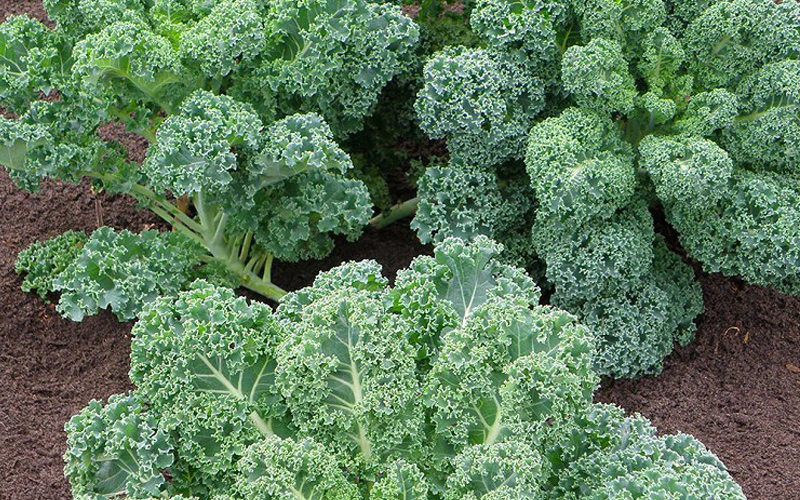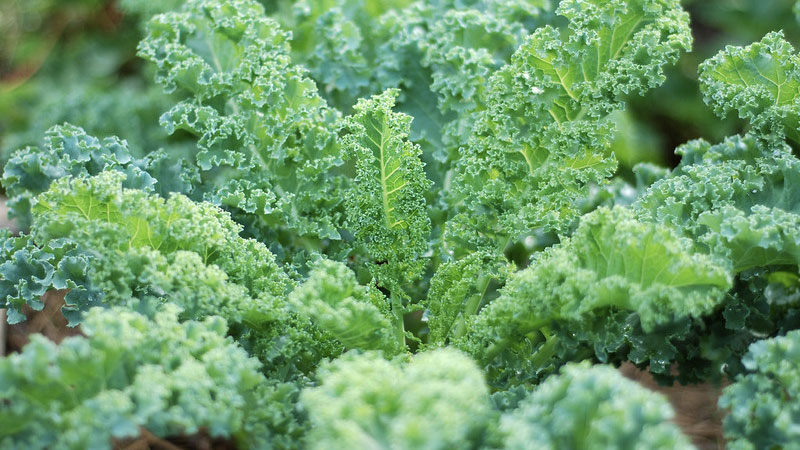Kale

Kale, sometimes known as leaf cabbage, is a type of cabbage that is grown for its edible leaves, while certain cultivars are also used as ornamentals. Kale leaves are green or purple in color, and the core leaves do not form a head. Most farmed Brassica oleracea types are thought to be closer to wild cabbage than kale. Kale is thought to have originated in the eastern Mediterranean and Anatolia, where it was first planted for sustenance around 2000 BCE.
Kale is a green vegetable that has numerous health benefits, including lowering cholesterol, decreasing cancer-causing factors, and being high in Vitamin K and Vitamin A. Approximately 681 percent of the daily value is provided by 100g of cooked kale. Eat kale with some high-fat or high-oil dishes to get the maximum vitamin K1 out of it. Because vitamin K is fat-soluble, it can be absorbed more effectively when coupled with fat.
Vitamin K aids in blood clotting by allowing your body to produce proteins that aid in the process. Clotting is necessary because it keeps your body from bleeding excessively. Kale is the king of vitamin K. It is classified as a superfood. It's no surprise, given its high calcium, potassium, and folate content, as well as other vitamins and minerals.











